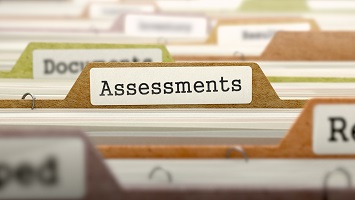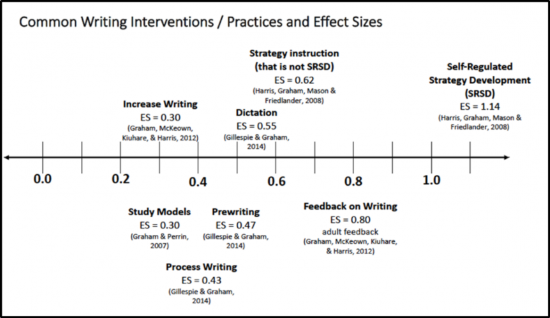This month’s Bright Spot comes from the Mamaroneck School District, which has been working with the RSE-TASC Bilingual Special Education Specialist, John Boniello, on building systems to improve the evaluation and identification of ELLs who are suspected of having disabilities.
What were students able to achieve?
Students are making great gains both academically and socially. Through teacher reports and progress monitoring data we see improved peer relationships, higher level academic functioning, and an improvement in the overall well-being of our bilingual and ELL students. ELL students who might have been identified for Special Education in the past, are instead now receiving targeted instruction through general education systems.
What practices or systems made this possible?
The district has put multiple practices and systems in place. Elementary support staff team have worked hard to incorporate thorough assessments that better distinguish between students who have different learning needs and/or are still acquiring English, as opposed to students who may have a disability. The district provides professional development on the most recent research in bilingualism and has recruited team members who have extensive training and experience with bilingual education and evaluations. They have enhanced communication practices to better connect with families and ensure families feel more connected to the school community. In addition, the district has put systems in place to ensure instruction meets the needs of their ELLs. Assessment data inform academic planning and are used to identify the type of support each student requires. If students are found ineligible for Special Education services, the team sets specific goals to help differentiate instruction for these students through building level supports. Each student’s progress is then monitored regularly and interventions are continually adjusted based on progress monitoring results.
What can we learn from this Bright Spot?
Keeping current with the most recent research in bilingual education to inform practices and school systems can impact the lives of many students. With appropriate bilingual evaluations, targeted instruction and on-going progress monitoring, these students who might previously have been classified are thriving across subject areas in general education classrooms.


 Data-Driven Decision-Making
Data-Driven Decision-Making  Increasing Post-School Success through Interagency Collaboration
Increasing Post-School Success through Interagency Collaboration  How Can We Improve Deeper Learning for Students with Disabilities?
How Can We Improve Deeper Learning for Students with Disabilities?  Positive Classroom Management: Creating an Environment for Learning
Positive Classroom Management: Creating an Environment for Learning  Self-Determination Skills Empower Students of All Ages
Self-Determination Skills Empower Students of All Ages  Fidelity of Implementation: What is it and Why does it Matter?
Fidelity of Implementation: What is it and Why does it Matter?  Rethinking Classroom Assessment
Rethinking Classroom Assessment  A Three-Step Approach to Identifying Developmentally Appropriate Practices
A Three-Step Approach to Identifying Developmentally Appropriate Practices  Transforming Evidence-Based Practices into Usable Innovations: A Case Study with SRSD
Transforming Evidence-Based Practices into Usable Innovations: A Case Study with SRSD